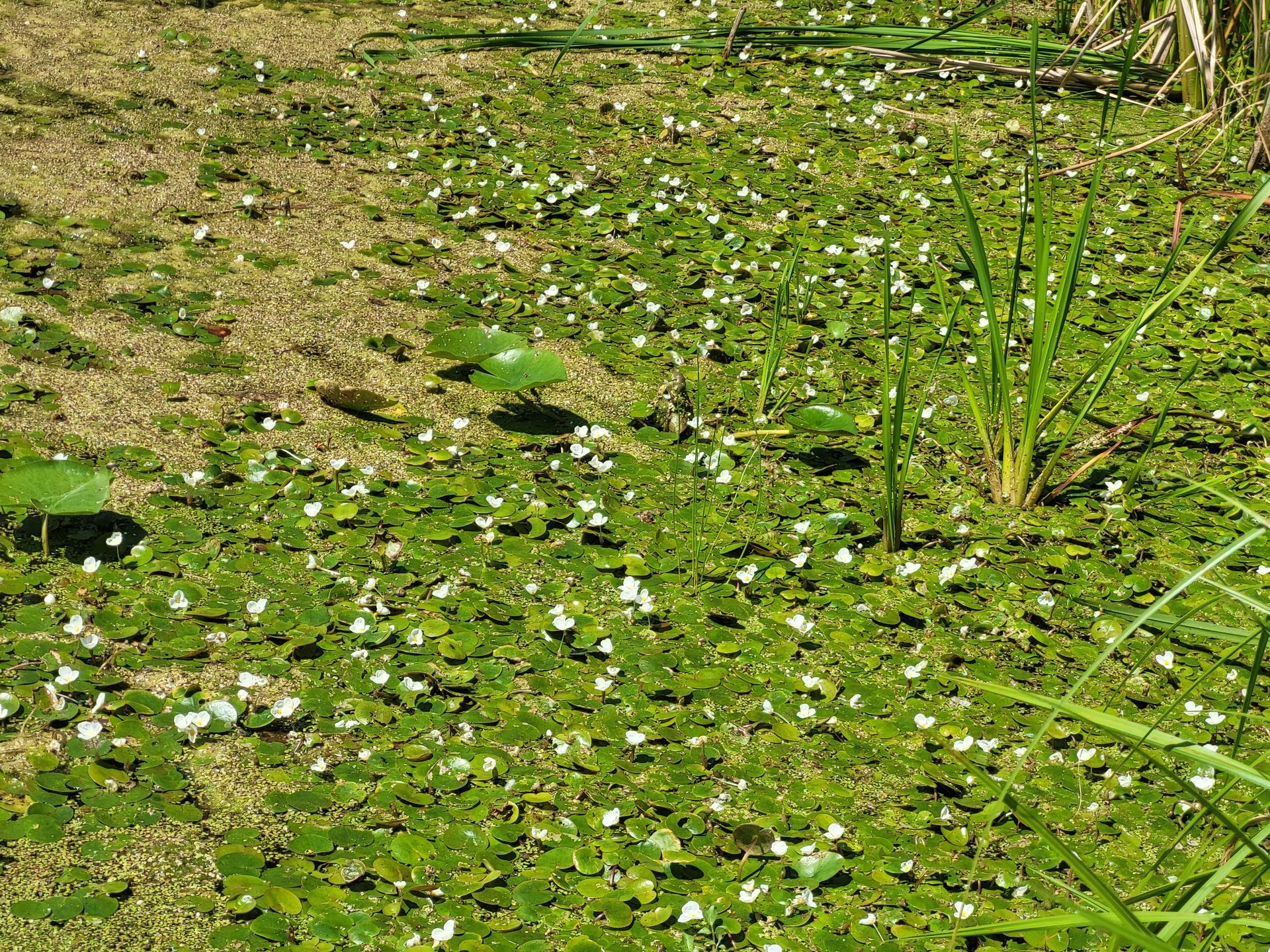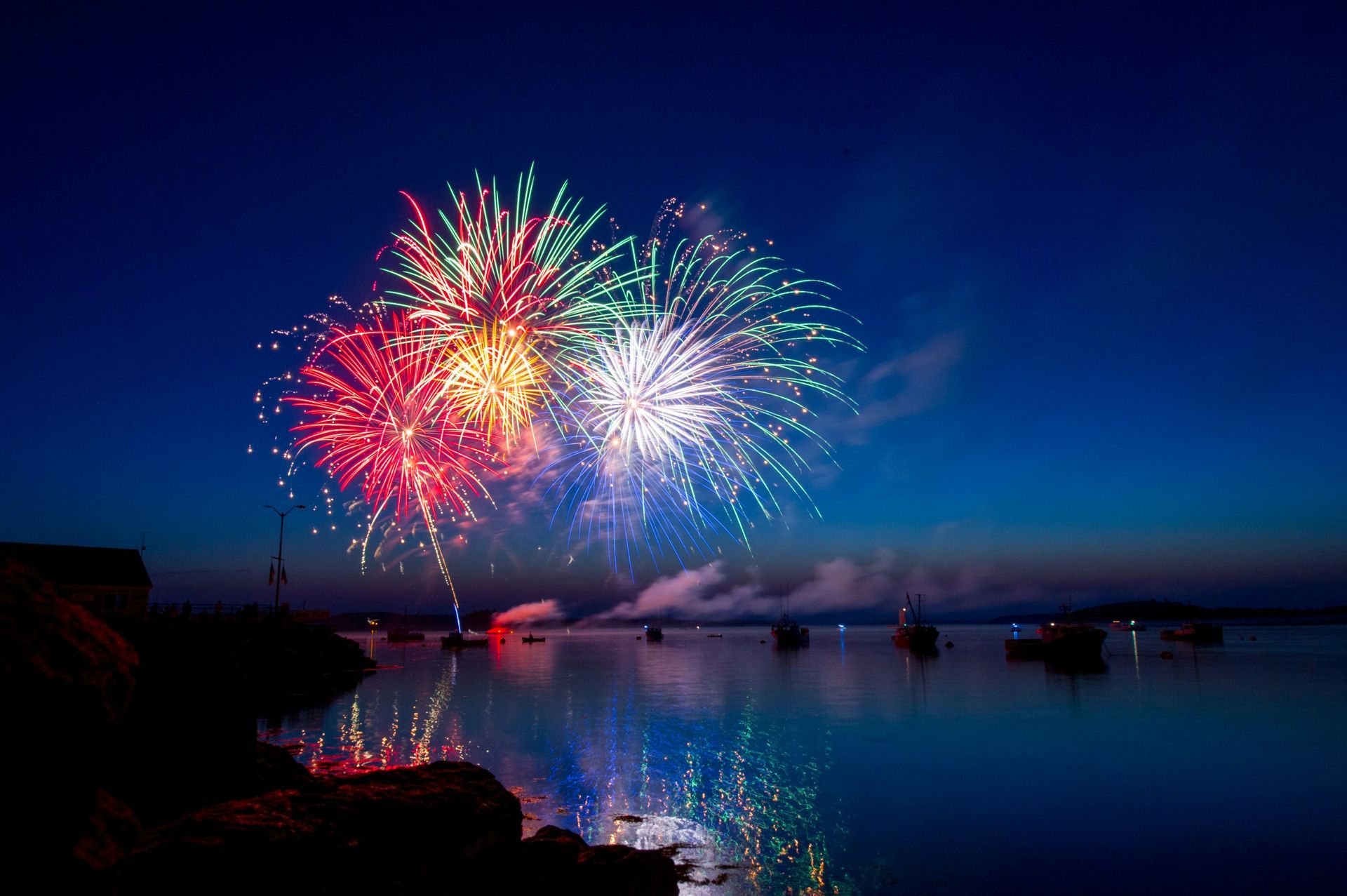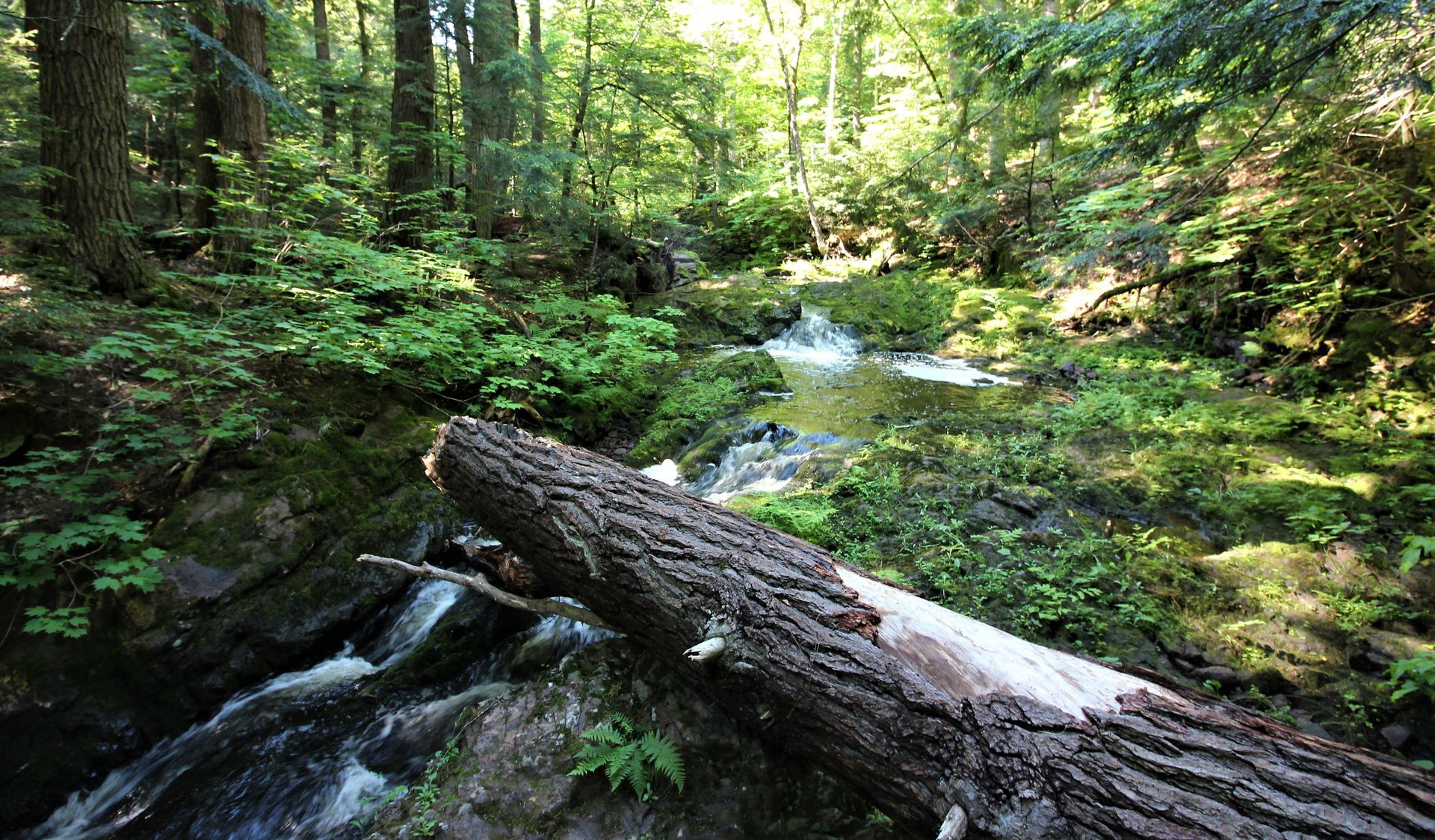NRC to Rule on Furbearers, Electronic Trap Monitors at March Meeting
Written by Charlie Booher, MUCC Policy Intern
The Natural Resources Commission (NRC) is slated to take action on furbearer and electronic trap monitoring regulations, as well as discuss elk and migratory bird seasons.
The meeting will take place on March 19, at the Lansing Community College Gannon Building in the Michigan Room (422 North Washington Square; Lansing, MI 48933). As always, if you cannot attend in person, you can live-stream the meetings from the MUCC Facebook page ! A full agenda for the day can be found here .
Meetings will begin with a convening of the NRC Policy Committee on Wildlife and Fisheries at 10:30 a.m. Commissioners will be briefed by Michigan Department of Natural Resources (MDNR) Fisheries Chief Jim Dexter and acting Wildlife Chief Dan Kennedy. Dexter plans to discuss statewide trout, salmon, whitefish, cisco, grayling and smelt regulations. Kennedy, joined by other wildlife division staff, will update commissioners on 2020 elk and waterfowl regulations, as well as bear population trends.
At 1 p.m., the NRC Commission of the Whole will convene with MDNR Director Dan Eichinger offering a director’s report.
For Information
There are three orders before the NRC, including Fisheries Order 200.20A, elk regulations and 2020 migratory game bird hunting seasons.
The NRC will again take up Fisheries Order 200.20A , which deals with statewide trout, salmon, whitefish, cisco, grayling and smelt regulations. This month, however, the NRC will be ruling on lake trout in management units MM-4 and MH-1. If passed, this order would increase the lake trout bag limit in MM-4 (Grand Traverse Bay) from one to two fish and from two to three fish in MH-1 (Northern Lake Huron). This would unify the creel limit in Lake Huron to three fish lake-wide. If this order is approved, creel limits will return to those in place in 2018. At the time, liberal bag limits caused the state to exceed a recreational harvest quota set forth in the 2000 Consent Decree. Quotas have been increased for 2020 based on surveys of the resource, and it was determined the recreational fishery can support creel limits of two and three, respectively.
It does not appear that there will be any changes to the contested U.P. brook trout creel limits contained in this rule, but this could be a matter of discussion.
Commissioners will then take up Wildlife Conservation Order Amendment No. 3 of 2020 , which deals with regulations for the 2020 and 2021 elk hunts. This is a part of the standard two-year regulation cycle for elk management in Michigan. MDNR staff is recommending a shift in the elk management unit (EMU) boundaries, as well as an increase in available tags during the second hunt period. If adopted, there would be 60 more elk tags available in 2020 and 2021 than in 2019. Nearly 37,000 hunters applied for elk tags in 2019.
NRC commissioners will also review Wildlife Conservation Order Amendment No. 4 of 2020 , regulating migratory game bird hunting seasons. These regulations are made within a framework of flyway-wide regulations set by the U.S. Fish & Wildlife Service, with the advice of the Citizen Waterfowl Advisory Council and after reviewing waterfowl hunter surveys. This order provides for a continuation of the September teal season, as well as a reduction in the scaup harvest limit from three to two. The NRC may also consider moving waterfowl hunting zones, which is intended to offer Saginaw Bay hunters more ice-free days. Proposed zone changes were the subject of a public survey late last year.
Items up for information at this meeting of the NRC may not be adopted unless brought up for action at the April meeting.
For Action
Commissioners are slated to take action on two orders at this meeting: one on furbearer harvest regulations and another regarding the use of electronic trap monitoring devices in nuisance wildlife issues.
Furbearer regulations are included in Wildlife Conservation Order Amendment No. 1 of 2020 . If this order passes as it stands, it would increase the otter bag limit by one in each otter management unit, allowing individuals up to four otters total. This order also would extend the spring beaver trapping seasons through the last day of April and would permit trappers to keep incidentally captured mink trapped in muskrat colony traps. Further, this order would allow the nighttime hunting of predators like foxes and coyotes from elevated platforms, as well as add pneumatic guns as legal methods of take for the nighttime hunting of raccoon, opossum, fox and coyote. Both of these provisions received support by MUCC members through our grassroots policy process. Other elements within the rule intend to clarify trapping regulations.
Commissioners were also briefed on Wildlife Conservation Order Amendment No. 2 of 2020 regulating the use of electronic trap monitors for wildlife damage and nuisance animal control businesses during their February meeting. Commissioners will be updated on this order again at their March meeting.
For Action – Director
There are a number of land transactions before the director this month, including sales in Oscoda, Montcalm and Missaukee counties. A full list of transactions can be found on the agenda here . It is expected that the director will approve all transactions listed.
The post NRC to Rule on Furbearers, Electronic Trap Monitors at March Meeting appeared first on Michigan United Conservation Clubs.
Recent Posts



